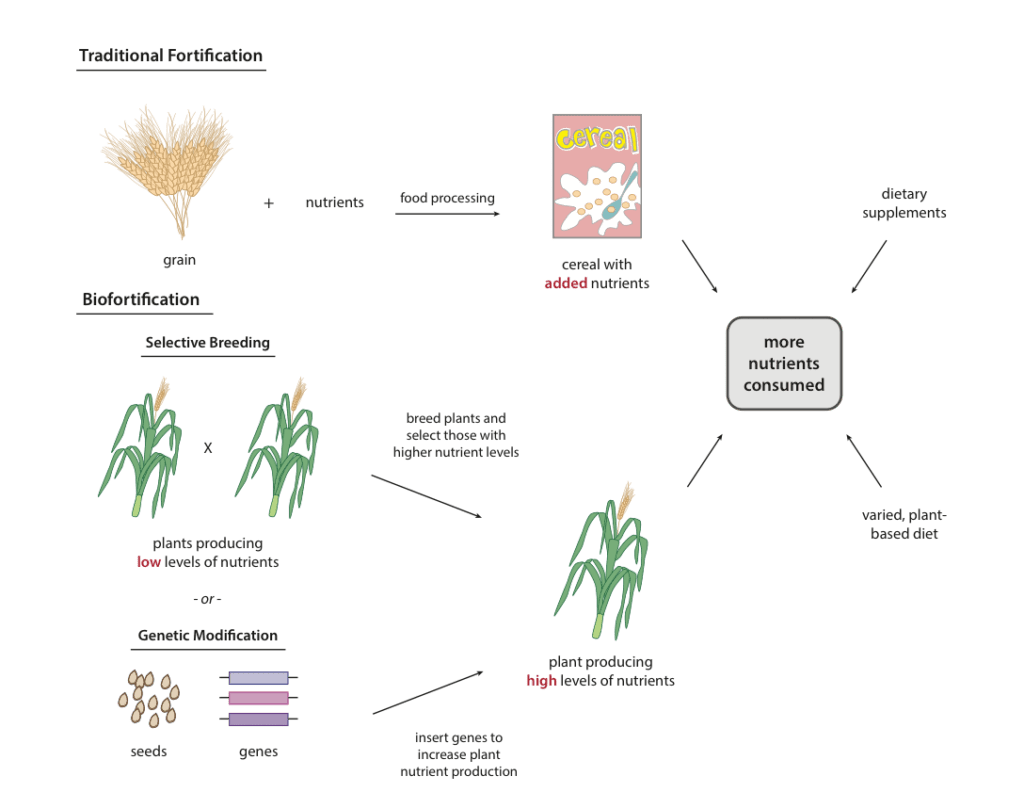Scientists have genetically engineered a strain of yellow-orange potato that contains copious amounts of vitamin A and vitamin E. The so-called ‘golden’ potato is intended to cover the nutritional needs of people living in developing countries.

The new crop might one day fight off malnutrition in developing countries. Credit: Mark Failla.
A single serving of golden potato (150 grams) provides 42% of a child’s recommended daily intake of vitamin A and 34% of the recommended intake of vitamin E. The same serving provides 15% of the recommended vitamin A and 17% of recommended vitamin E for women of reproductive age, scientists report in the journal PLOS ONE.
It is estimated that at least 3.1 million children die each year and 161 million have stunted growth due to malnutrition. While it’s true food scarcity is a problem, even in situations where food is plentiful, it often lacks the necessary vitamins and minerals people need to live a healthy life. Deficiencies in iron, iodine, zinc, folic acid, and vitamin A are among the most common, with almost half the world’s population suffering from one or more deficiencies
After rice, wheat, and corn, the potato is the fourth most popular food crop in the world. Peru, the ancient land of the Incas, is where the first domesticated potatoes were grown about 7,000 years ago. Today, in Peru, Bolivia and Ecuador alone, farmers grow some 4,000 varieties of potato, some of which can sprout in surprisingly barren conditions. In fact, scientists are experimenting with farming potatoes in Mars-like conditions, just like in The Martian. Among the ages, its resilience and high nutritional value have made the potato into a key staple crop.

In many developing nations, people’s diets are comprised of food deficient in essential vitamins. Potatoes are particularly popular in Asian, African, and South American countries, where there is also the highest incidence of vitamin A and vitamin E deficiencies. Vitamin A is vital for a healthy immune system, vision, growth, and reproductive health. Vitamin A deficiency is the leading cause of blindness in children. Vitamin E protects the body from damage to the nerves, muscles, vision, or the immune system.
A potato serving already contains half your daily value of vitamin C and is also rich in vitamin B6. Scientists at Ohio State University and the Italian National Agency for New Technologies just made a huge upgrade. Using metabolic engineering — the manipulation of plant genes in the lab — the international team of researchers added carotenoids in the tuber, which are essential nutrients for many animals and humans. The fat-soluble pigments are also the ones that provide the yellow, red, and orange colors to fruits and vegetables, hence the ‘golden’ potato.
This golden potato joins the ranks of other GMO vitamin-enhancing crops such as Golden Rice, one of the first big steps forward in fighting vitamin-A deficiency,
“More than 800,000 people depend on the potato as their main source of energy, and many of these individuals are not consuming adequate amounts of these vital nutrients,” explained senior study investigator Mark Failla, Ph.D., professor emeritus of human nutrition at Ohio State. “These golden tubers have far more vitamin A and vitamin E than white potatoes, and that could make a significant difference in certain populations where deficiencies—and related diseases—are common.”
The golden potato is, for the time being, not commercially available. Researchers who continue to experiment on the GMO crop, looking for new strategies that may further boost nutritional value, based on the different requirements countries around the world have. It might take many years before a golden potato reaches people’s plates if the same negative public reactions befell this GMO crop as was the case with Golden Rice.
“[There’s a] hidden hunger—deficiencies in micronutrients—has been a problem for decades in many developing countries because staple food crops were bred for high yield and pest resistance rather than nutritional quality. This golden potato would be a way to provide a much more nutritious food that people are eating many times a week, or even several times a day,” Failla said.


